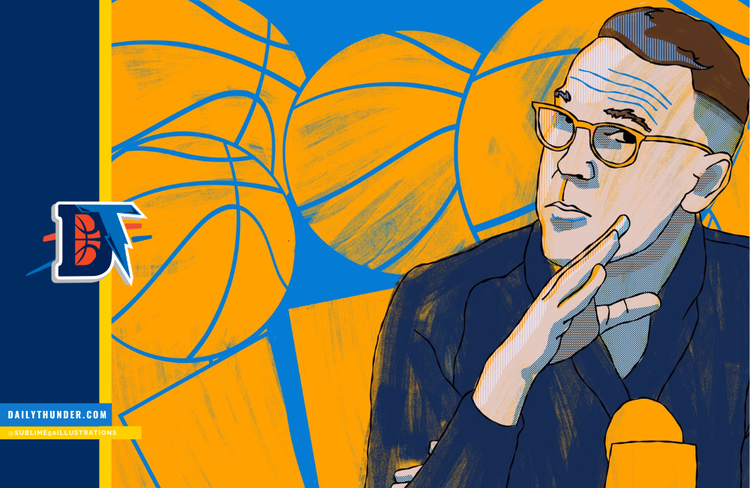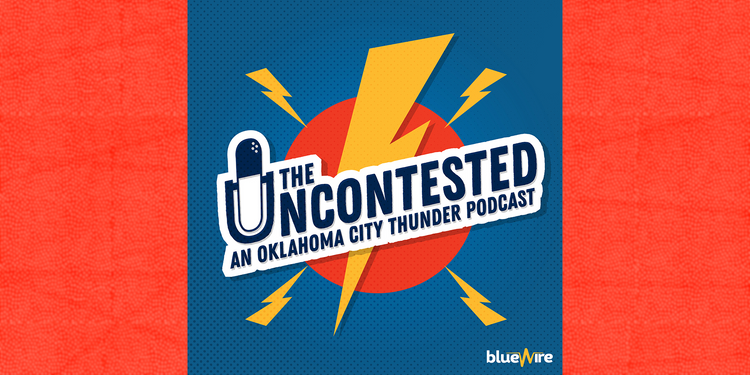Hollinger’s draft big board

John Hollinger today revealed his spreadsheet driven big board, where he rated the top 68 players in the draft. It’s an Insider article, but it’s just fantastically interesing.

Additionally, this is but one tool among many. I’m sure one could greatly improve on the Rater’s performance by using it as a starting point and adding other known variables to the mix. This system rates “pro potential,” which sometimes differs substantially from “pro performance.” As I mentioned a year ago, the fact that Michael Sweetney and Shawne Williams both rated highly coming out of school isn’t necessarily a mistake — they failed in the NBA not from a lack of talent, but for other reasons. Part of good scouting is knowing which players are committed to this enterprise for the long haul, and we can’t tell that from their college stats.
The Draft Rater has one other weak spot: It thrives on information and struggles when it lacks enough. As a result, players who leave school after just one season give it problems. Not only are they the youngest players, and thus the ones we’re projecting farthest into the future, but what makes it even worse is that we have only one season of data to evaluate. That’s the reason that one-and-done players have historically had the greatest error margin, which introduces an added level of uncertainty this season because three of the top five prospects are leaving school after one year.
One other note before we start: The Draft Rater produces a projection of a player’s “peak” PER in Years 4-5, something that may not be apparent from looking at the rather underwhelming numbers next to each name. That’s mostly a problem of the scarcity of NBA stars — since the vast majority of players drafted will settle into the low teens in PER as NBA players, regardless of how good their college stats are, that’s where the projections land for nearly all of them. In other words, there are very few sure things, even at the top of the draft.
The good news is that when it does spit out a “19.01” as it did for Kevin Durant in 2007, it’s clear you have a sure thing. There’s no Durant in this year’s crop, but there is one prospect who rates as an A-list talent, a freshman from the University of Kentucky named…
DeMarcus Cousins.
It’s not perfect and as 2008 showed, Hollinger’s system can miss some players (he excluded both Russell Westbrook and Brook Lopez from his top 10 that year). But like in 2007, he had Kevin Durant with an all-time high rating of 19.01, ahead of Greg Oden, who was third. So who does he like this year? And more importantly, the players Oklahoma City is in play for – how do they look?
Solomon Alabi, a player multiple mock drafts have OKC taking at 21, ranks dead last of the 68 with a 9.52 projected PER. Daniel Orton is 14, with a 12.15. Gordon Hayward is tied at 16 with an 11.87. Larry Sanders was 30 with an 11.07. And Elliot Williams didn’t make the list. Obviously the Thunder’s list isn’t exclusive to those five players, but I’m just highlighting the current most talked about.
And because some around these parts may find it interesting: James Anderson was 15 with an 11.98, Tiny Gallon 28 with an 11.13 and Willie Warren 40 with a 10.71. Ekpe Udoh who is viewed as an “upside” player, ranked 50th with 10.03.
Like Hollinger said, it’s not the end-all-be-all list. The Draft Rater has missed on some very good players. But like he said, there’s something to the fact a guy like Alabi is rated that low. We still have a good amount of time before the draft and with Combine results and measurements rolling in, we’ll start to get a better sense of it all.


